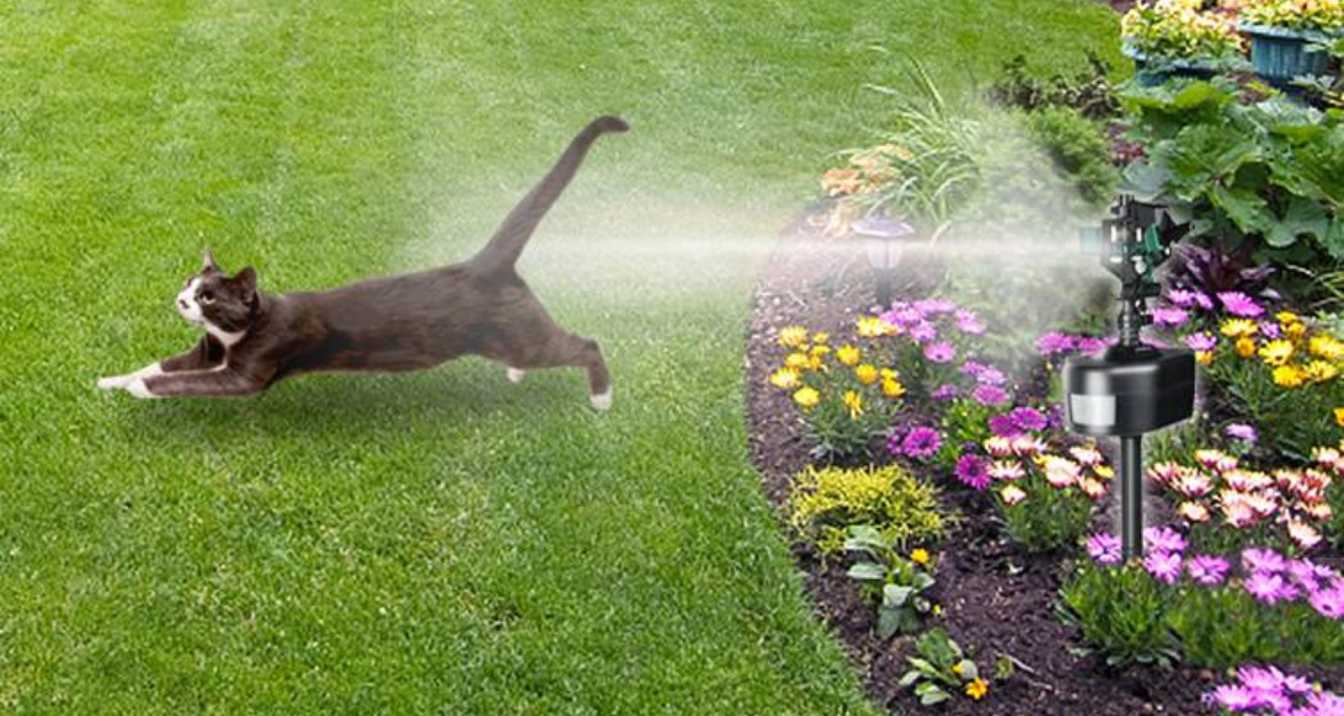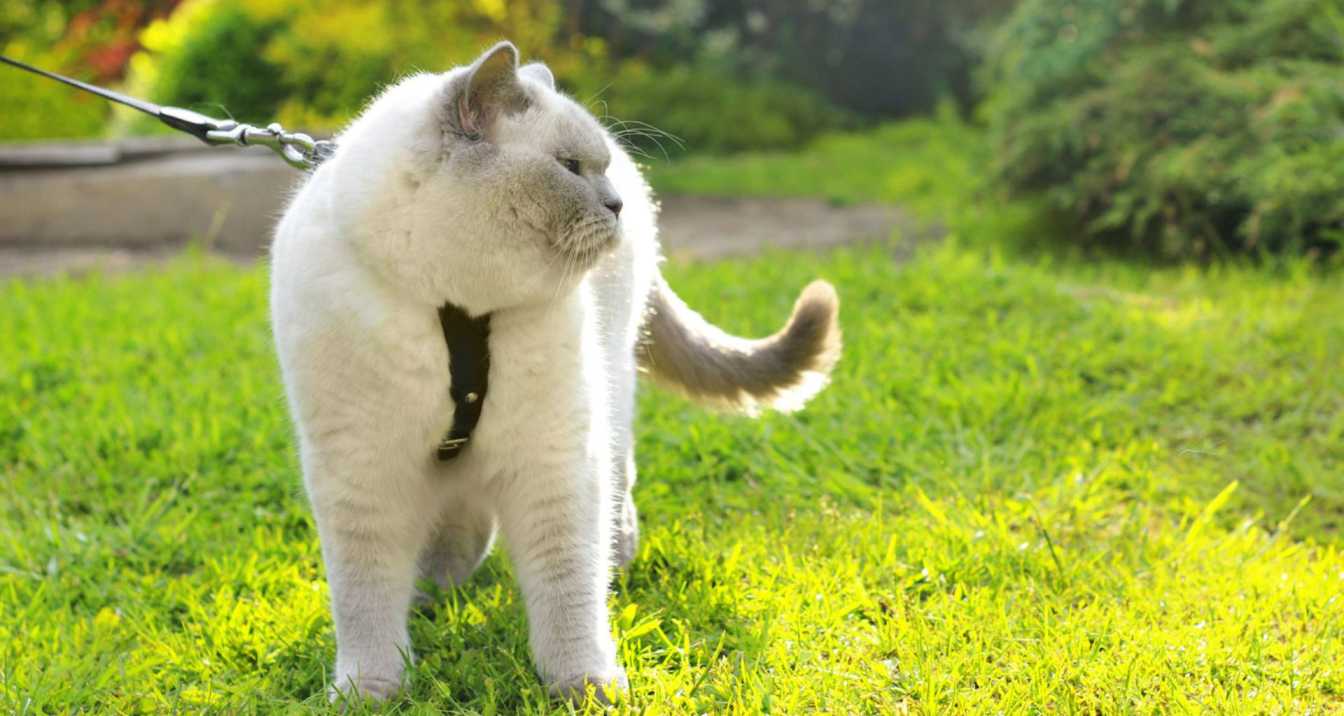Cats can be delightful companions, but when they decide your yard is their new playground, it can lead to numerous problems. Whether it’s the neighborhood strays or your adventurous pets, learning how to keep cats out of your yard in 2020 is essential for maintaining a tidy and safe outdoor space
This comprehensive blog will help you learn how to keep cats out of your yard by 2020. Our tips will help you maintain a cat-free yard and enjoy the outdoors.
Understanding The Problem
Why do cats enter the yard?
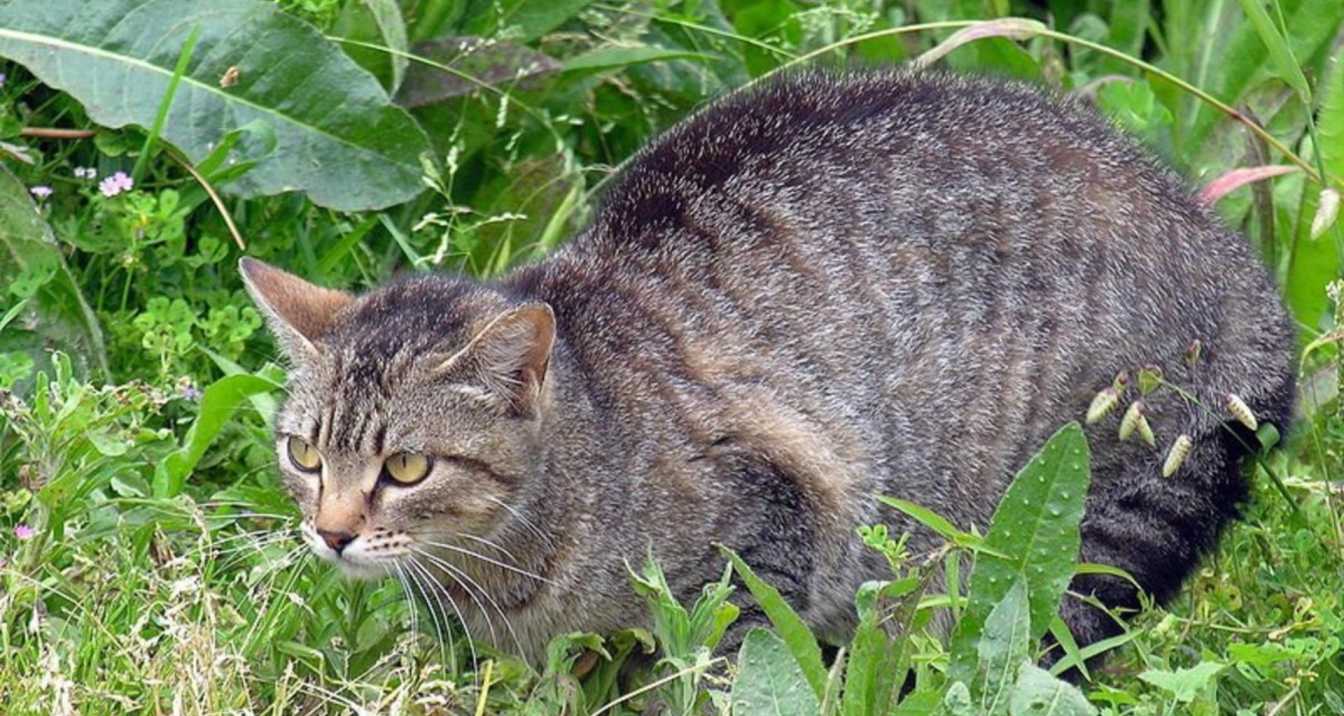
Cats are very interesting and curious animals. Cats can be a nuisance when they aren’t yours. You might find a neighborhood or stray cat in your yard. You may find them in your yard for many reasons, such as food, shelter, or curiosity. Understanding why cats visit your yard can help you to solve the problem.
They enter your yard for several reasons:
Hunting: You might find that your yard is a great hunting ground for birds and small mammals.Territorial Behavior – Cats can be territorial and may mark your yard as their territory. Your yard may offer a cozy place to hide or rest. Cats are attracted to food sources such as bird feeders and garbage.
Effective strategies to keep cats out
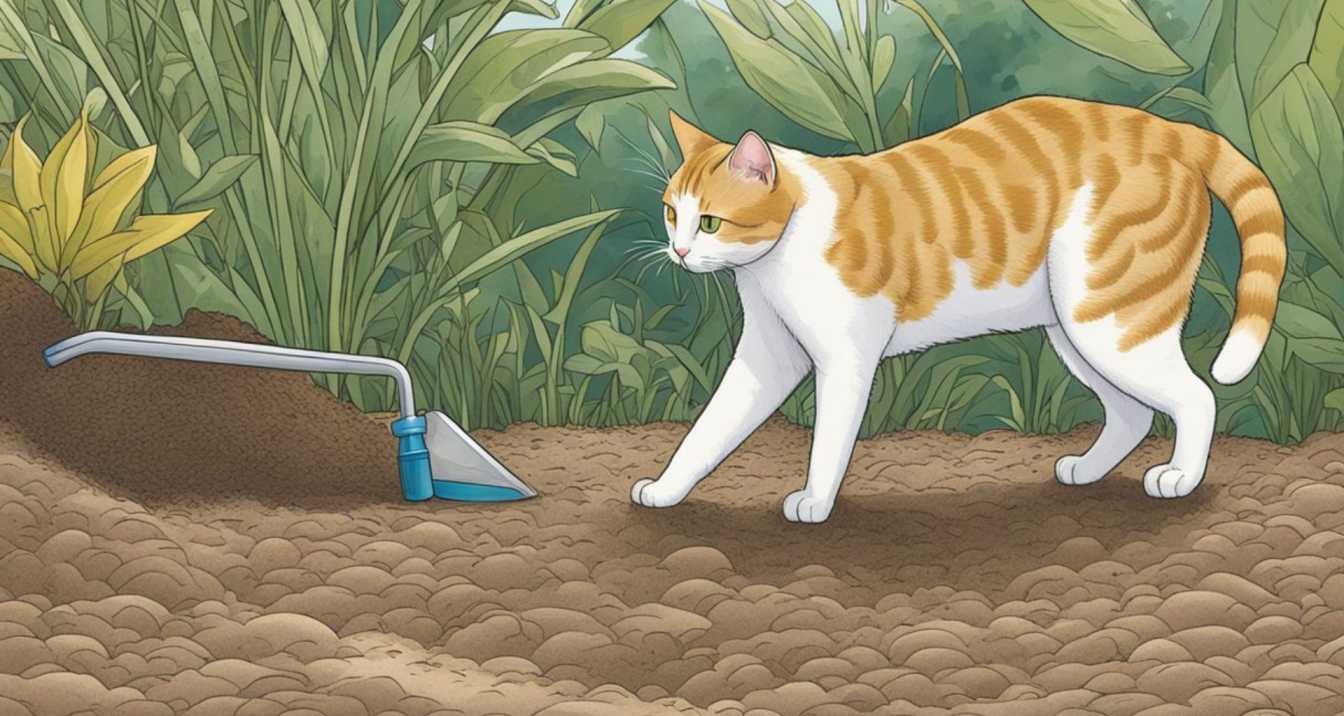
Natural Repellents: cats can be sensitive to certain textures and smells. This can be used to your advantage if you place natural repellents in your yard.
Here are some options that work:
Read more: Can Cats Eat Cinnamon
Citrus peels
Spread orange, lemon, or lime peels where cats are frequent. Citrus is not liked by cats. Spread coffee grounds in your garden.
Physical Barriers
create a physical barrier to help keep out of the yard here are some suggestions:
Fencing A cat-proof fence is highly effective. Choose a fence that has a curved top, or includes an overhang. This will prevent cats from climbing the fence. Netting keeps cats away from gardens by using netting. Use this to protect flower beds or vegetable patches.
Motion-activated sprinklers
these devices will startle your cat with a blast of water as they approach. This will deter them from entering the yard. Sprinklers that are activated by motion can be a good deterrent. Place spiked strips on fences and along boundaries. These plastic strips are harmless and make it difficult for cats to walk over them, preventing them from entering.
Commercial Repellent
sprays to repel cats. Many commercial sprays keep cats at bay. Select a product that is safe for both plants and animals. Ultrasonic Devices: These devices emit sounds at high frequencies that are not audible by humans, but irritating to cats. These devices can be placed around your yard to keep cats away.
Behavioral Deterrents
Behavioral detergents provide some suggestions to keep cats out of the yard. They Provide Alternative Spaces To attract cats from your yard create a separate area, like a sandbox, or a part of the garden that is secluded. Deterring Cats By reducing the number of birds in your yard, you can reduce the appeal for cats to hunt. Remove any nests or bird feeders. Secure Garbage Make sure that the trash bins are well sealed to prevent cats from searching for food.
Humane Trapping Use of Humane Traps Stray cats can be caught using humane traps. Then, they can be taken to an animal shelter or to a veterinarian to neuter/spay and rehome them.
Environmental Modifications
Environmental modification strategies help to keep cats out of the yard. Gravel or Mulch Cats do not like certain textures.Gravel or mulch will discourage them from walking and digging in your yard. Water Features By adding water features, such as fountains, you can deter cats from entering an area where they may otherwise feel comfortable.
Plant cat-Repellent plants
Some plants have been known to repel cats. Consider adding the following plants to your garden.
- Lavender
- Rosemary
- Coleus Canina (commonly called “Scaredy cat plant”)
Table: Comparison of Cat Deterrents
| Method | Description | Pros | You can also find out more about the cons |
| Natural repellents | Cats dislike the smells and textures of certain products. | Eco-friendly and affordable | Reapplication may be necessary |
| Physical barriers | Physical entry is prevented | Effective, long-lasting | Costly and can affect yard aesthetics |
| Motion-activated sprinklers | Sprays water on motion detection | A humane and effective | Water source is required, and can be costly |
| Ultrasonic devices | High-frequency sound emission | Effective, but non-intrusive | Some cats may not respond to the treatment |
| Cat-repellent plants | Plants that repeat cats naturally | Enhance the beauty of your garden and pants | Limited effectiveness |
| Alternative spaces | Cats have designated areas to use | Cats are diverted from the main yard | Maintenance required |
| Secure food sources | Remove attraction points | Visits are less likely to occur | Requires diligence |
| Commercial Cat Repellents | Stores now stock ready-to-use repellents | Convenient effective | Chemicals can be expensive |
Maintaining A Cat-Free Yard
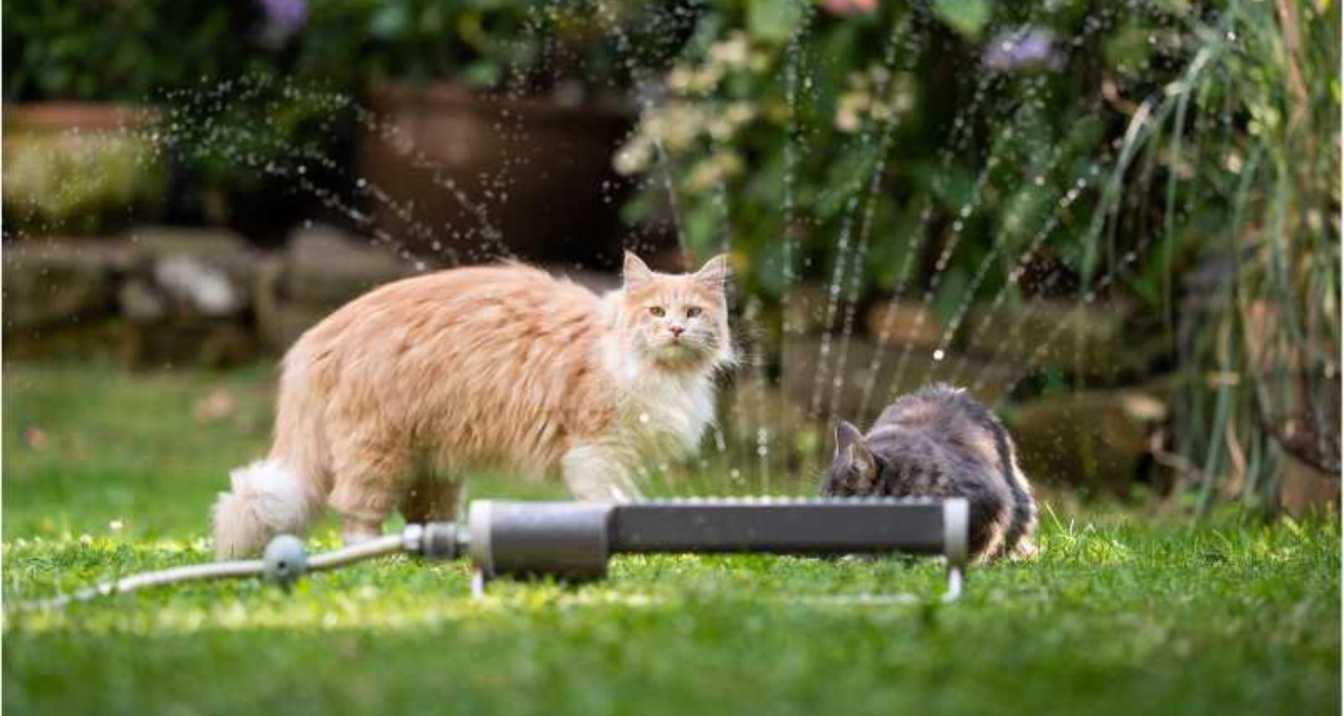
Regular Maintenance: Regular maintenance keeps your yard free of cats by being vigilant and persistent. Here are some key maintenance tips. Any damage should be repaired immediately to stop cats from finding the entry point.
Refresh Repellents: You should reapply natural and commercial repellents periodically, particularly after watering or raining. Citrus peels, coffee grounds, and essential oil sprays can be refreshed as needed.
Monitor New Entry Points Cats can be persistent and find new ways into your yard. Check your yard regularly for signs of digging and climbing. Address these areas immediately.
Clean up: Remove all food sources that may attract cats. This includes fallen fruit, bird seeds, and unsecured garbage. Keep your yard neat and tidy to reduce the chance of cats searching for food.
Community CooperationTogether with your neighbors, you can make your efforts more powerful and achieve a cat-free environment. How to encourage community cooperation
Neighborhood watch: Create a neighborhood-wide system for monitoring and reporting stray cats. This collective vigilance will help to keep the whole community free of cats.
Educational Resources: Offer resources, such as brochures or links to websites that provide comprehensive guides about cat deterrence. Distribute the materials in your community.
Legal And Ethical Consideration
Understanding Local Laws:
It’s important to know the local laws regarding stray cats and pet cats before implementing any cat-deterrent measures:
Local Animal Control Laws Many municipalities have rules on how to handle stray cats. Trap-neuter/return programs are available in some areas to control the stray cat population humanely.
Deterrents: Some deterrents are regulated, or even banned. To avoid legal or fine issues, make sure that any method you choose complies with the local laws.
Be familiar with laws that protect animal welfare.
Responsibilities of Pet Owners: Many laws include guidelines to help pet owners prevent their cats from becoming a nuisance. Understanding them can be helpful in conversations with neighbors whose cats are often seen in your yard.
Ethical Discrimination Methods: Ethically using deterrents will ensure the safety of your cats as well as the health and well-being of your garden.
Create Cat-Friendly Areas
Creating Outdoor Cat Enclosures
If you provide a safe and secure area for your cats. They will stay away from your garden and plants
Catios: Allow catio to your cats to enjoy the outdoors in safety without being able to roam freely. It can be built as a standalone or attached to your house.
Portable Cat Enclosures Use portable cat enclosures in an area of your garden. These enclosures offer a safe space for cats.
Conclusion
You can use different strategies to deal with unpleasant cats. These should be tailored to the situation. Learn how to keep cats out of your yard in 2020 with effective and human strategies to use physical barriers, repellents made from natural ingredients, and other strategies to create a peaceful garden. You can use homemade or commercial products. Our tips will help you maintain a cat-free yard and enjoy the outdoors. It’s important to be patient and consistent.
FAQ(Frequently Asked Questions)
Do plants naturally repel cats?Some plants are known to repel cats for instance, lavender, rosemary, and Coleus canina are effective options |
Q: Do motion-activated sprinklers hurt cats?A: Motion-activated sprinklers do not work. Because they are designed to startle the cat with a burst of both harmless and effective water. |
Q: Can essential oils be used as cat repellents to keep cats away?Some essential oils are harmful to repelling cats. They can be dangerous if they are ingested by cats or applied to their skin directly. |
